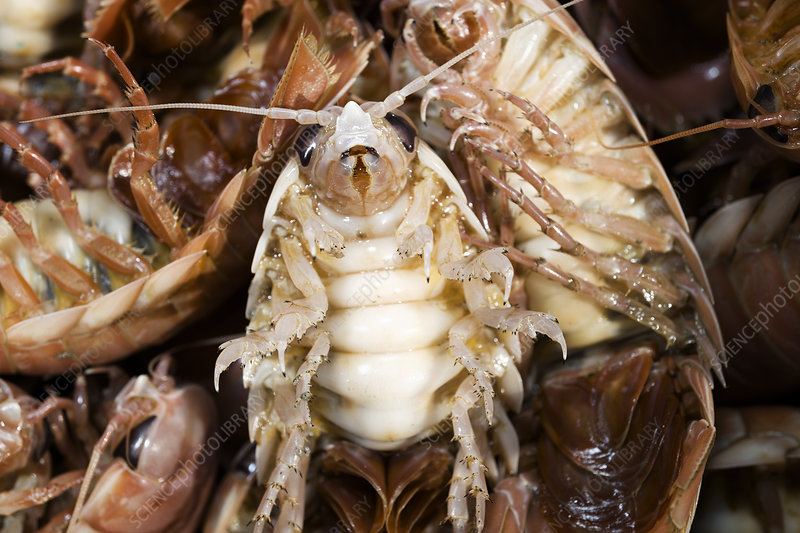The ocean handles over 70% of your Earth’s surface area, with only 5% from it discovered. This has led to quite a few exciting discoveries in the world of sea beings. Among those is the giant isopod, which belongs to the identical loved ones since the common woodlouse. Though they are certainly not particularly wonderful, Giant isopods are probably the most interesting critters located in the depths of your beach. In this post, we will investigate the fascinating world of Giant isopods and what makes them stand above the other deep-sea creatures.
1. Giant isopods Characteristics: Giant isopods are a kind of crustacean that may become adults to two plus a fifty percent feet extended and weigh up around four lbs. These people have a squashed, oval-shaped body separated into three specific segments – your head, the thorax, and the abdominal area. Their most noteworthy characteristic is the piercing view, which sit down on the top of stalks that allow them to see their victim or predator without switching their heads. Giant isopods have strong, well-defined claws that enable them to crush and consume even hardest of seashells.
2. Environment: Giant isopods are based in the serious-seas, about one thousand to 8,000 feet beneath the area. They may be usually identified near hydrothermal vents, that provide the essential nutrition as microorganisms. They are most frequently located in the Atlantic, Pacific, and Indian Oceans, where the normal water is chillier, and also the stress is higher. Due to the depth from which they stay, very little is well known with regards to their reproduction or existence pattern.
3. Habits: Giant isopods are slow-shifting creatures that have a tendency to stay concealed within the rocks or sediment in the seafloor. These are night time creatures, meaning these are most lively at night and tend to hide through the day. These are scavengers and feed on lifeless animals that fall on the seafloor, and also live organisms which they capture with their solid jaws. They may live for some time without food and possess been proven to make it through over 4 years without having.
4. Relevance: Despite the fact that Giant isopods are certainly not commercially beneficial, they engage in a crucial role from the underwater ecosystem. They can be a vital food source for other deep-ocean animals, which includes crabs, sharks, and seafood. Their reputation signifies the fitness of deep-sea ecosystems, which could have enduring results in the world’s oceans and climate. Because 50 % from the air we breathe in emanates from the seas, it is essential to comprehend and safeguard these ecosystems along with the critters that inhabit them.
5. Preservation: Sadly, small is famous concerning the human population of Giant isopods, in addition to their deeply-sea environment makes it difficult to examine them or their ecosystem. Global warming, serious-sea exploration, and overfishing create an important danger to such animals as well as the strong-water ecosystems, helping to make protecting them even more crucial. Therefore, it is vital to ensure safety measures are put in place, and initiatives are supposed to help save these exciting critters and make certain which they, in addition to their special ecosystems, consistently prosper later on.
In short
The giant isopod is a exciting being that is certainly still being investigated, and that we have a great deal to discover using this deep-sea being. While the oceans hold numerous miracles, it is crucial to guard the rare, fascinating, and essential ecosystems which exist strong below the work surface. It depends on us to shield them and make certain that they consistently succeed for generations to come to savor.



